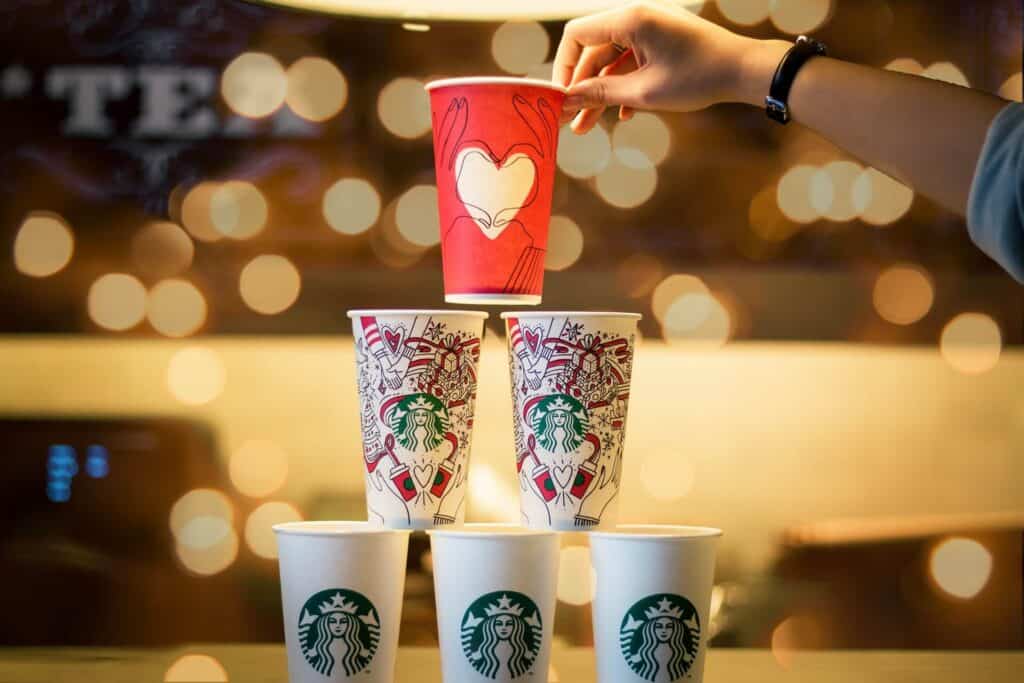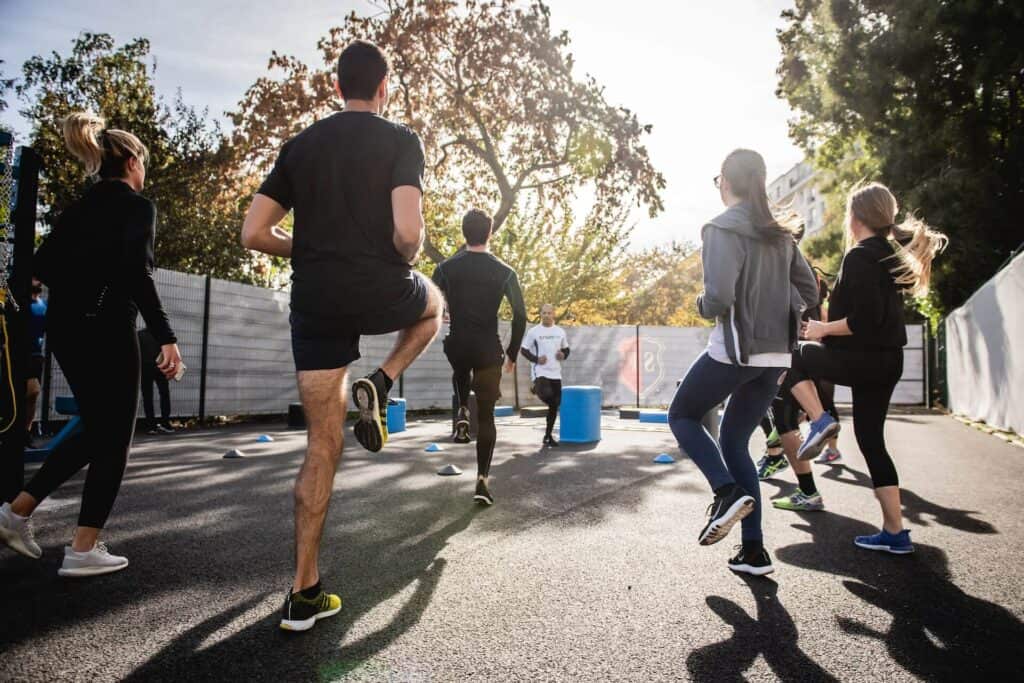🇫🇮 Five things you didn’t know were gamified
Gamification is rather a new concept that carries great importance in almost every field today. Especially in marketing strategies, gamification is one of the preferred ways to capture the attention of the audience.
Gamification consists of gaming elements integrated into a non-gaming environment. The reason for this incorporation is to increase the engagement level of the users. If you are wondering about these gaming elements, you can read our previous blog post about the topic.
Below, we present the top 5 examples of gamification that you might not have thought about before. The examples are categorised according to their level and how fast you can spot the gamification strategies used.
EASY
Duolingo
Learning a new language might be an interest for many people at some point. One of the easiest ways to start learning a new language is online learning software because everyone can have access to them easily and they are mostly free. The first example comes from one of the most popular language learning apps out there: Duolingo.
And, how does Duolingo use the game elements? Here are all the obvious gamified features that are used which makes it an easily distinguished example:
It uses a level system
The lessons are divided into different levels and titles. The user can go to the next level only when the previous ones are completed or they can be skipped if the user is showing good performance on the level. At each level, there are no extreme differences in the difficulty level. There are three or four new words or phrases introduced in each level. Thus, the competency is neither too easy nor too difficult which can keep the motivation of the user at an optimal level.
Reward system
In this specific software, users can collect rewards after completing a lesson. Opening a treasure chest can help users to collect in-app gems and some potions for x2 XP. These gems can buy the “streak freezers”, and “extra lives” in the app. This is a great example of engaging the user with the platform.
Collecting badges
The user becomes more engaged and motivated to use the app more with the rewards, and that helps them to complete more lessons. After completing the lessons, the user can collect badges. Also, the earned badges are shown in the public profile of users. That is an excellent motivation source! Moreover, the app works to build a community by telling the users how many people are learning the same language at the same time. These sentences motivate the user and increase the community feeling.
Streak
Showing the streak to the user and counting the consecutive days the app has been used is a great way to encourage them to continue using the app. When the user comes to the streak milestone, the software gives rewards such as giving a free trial of the premium version of the game for a couple of days. Also, the app gives some statistical information about the users who played regularly. For example, “Users who complete XX days in a streak are XX% more likely to complete the course!” These types of sentences are a great source of encouragement for the users.
Duolingo is a great example of gamification because of all the elements that are listed above. These elements keep the user encouraged, engaged and motivated. This way, users can learn in a fun way, and keep coming back to use the app.
MEDIUM
Have you ever collected some in-app points to get some reward such as a free product? Or collected mile points to get a discount on your next flight on your most preferred airline? If your answer is yes, you already have experienced and used this level of gamified application! Medium-level gamified applications can be distinguished by some less obvious features. For example, using fidelity points or cards and loyalty points. Here are 2 examples in this matter:
Yelp
Yelp is a software that can be used via its website or apps. The main purpose of the app is to leave reviews, ratings, and photos of the businesses that the users visit. Also, there is a friends list in this app like Facebook. So, what kind of gamification elements do this app use?
Elite status
Who doesn’t want to feel special? Yelp gives this special feeling to its users. If the give frequent reviews, answer questions and participate in the Yelp community they can earn elite status. As it can be seen, this can keep users more active in the app.
Starbucks
Starbucks is also using a reward app to keep customers purchasing their products. This app is an excellent example of gamification used in real life.
Collecting stars
The user accumulates stars with every product they purchase in this app. Also, the graphical design makes it fun; the stars look like cups that you can fill. The more purchases are made, the more benefits the user earns. These benefits can be a birthday gift or an extra cup of coffee. Who wouldn’t want to have these fun and diverse benefits while sipping their favourite coffee?
HARD
In the following cases, the game elements are more subtle and difficult to find, so you may have not noticed these great examples of gamification.
LinkedIn
When signing up for LinkedIn, the steps that the user should follow to complete the profile are given in the beginning. LinkedIn is a platform to reach out to more people and widen the network to find more job opportunities. Therefore, LinkedIn shows a progress bar in the beginning as you are setting your profile. The more your progress bar is full, the easier it is to reach more people. This is a smart gamified application.
Tinder is also using the same method to make its users complete their profiles. So, if you want to reach more people outside of working hours, you can try Tinder and see its gamification!
Nike+ Run Club
Through the power of community, Nike+ Run Club is connecting people. Nike increases user retention by providing the opportunity to create a supportive community. Users can have this community by comparing the steps taken and distances run with other users of the app. This competitive feeling helps people to connect to other users and be more motivated. This is an excellent example of gamification because, with this app, users can customize their training program, and complete the challenges to win badges and trophies.
HONOURABLE MENTION
Finally, as an honourable mention, we would like to present an amazing real-life gamification example. Gamification isn’t just an on-line strategy — and, just because it includes game elements, doesn’t mean it’s only for younger people. Here, we can also highlight the fact that playfulness is a major factor in games in general as it can be seen in this specific example. Anything gamified should be fun, and the fun can come from even only being playful.
The initial aim of the gamification in the video below was to encourage people to use the stairs instead of the escalator, as part of a campaign to fight obesity. The research shows that after the stairs were turned into piano keys, people preferred stairs to escalator.
This article was produced by MeKiwi.
To join the Arctic Business Journal network as a content partner, contact us at pa**********@ar**************.com.
This article has been fact-checked by Arctic Business Journal and Polar Research and Policy Initiative, with the support of the EMIF managed by the Calouste Gulbenkian Foundation.
Disclaimer: The sole responsibility for any content supported by the European Media and Information Fund lies with the author(s) and it may not necessarily reflect the positions of the EMIF and the Fund Partners, the Calouste Gulbenkian Foundation and the European University Institute.



